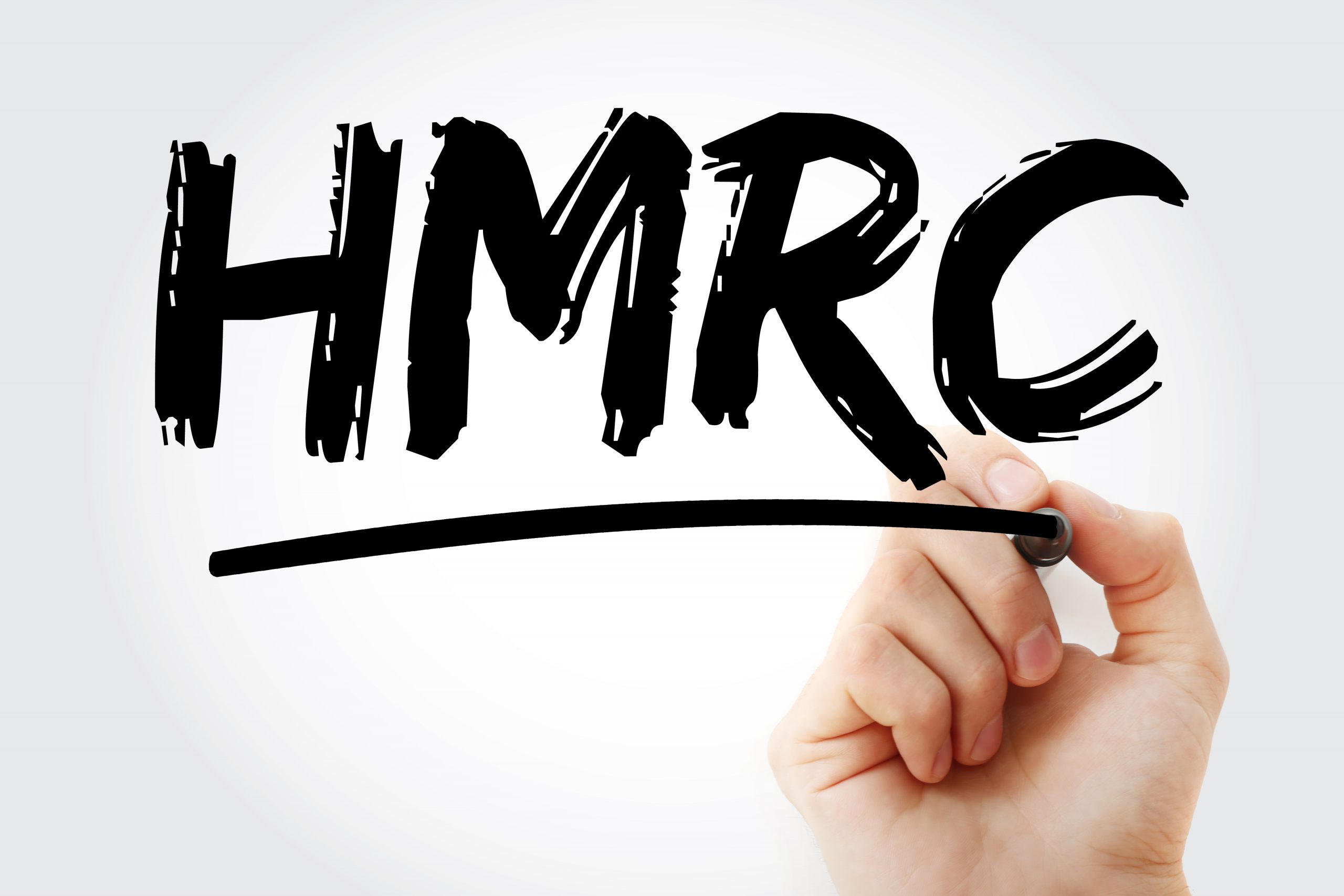
by Alex Dunnagan | Nov 17, 2022
Minimal efforts to close the tax gap, despite HMRC producing a return on investment of up to 18:1 with compliance work. DWP to receive an extra £112m a year to tackle fraud, but HMRC only to receive £15m. Once again, the government is prioritising going after benefits...

by Alex Dunnagan | Apr 11, 2022
A step in the right direction, but more to be done £161m investment in HMRC compliance work – set to bring in an additional £3bn over next five years New 50 strong HMRC team tackling R&D fraud to be in place by 2023 Fraud within the tax system costs the UK tens of...

by Alex Dunnagan | Nov 2, 2021
On Wednesday 27 October, the Chancellor Rishi Sunak unveiled his Autumn Budget 2021. This budget was billed as one looking ahead to the “post-Covid” era, with a lot of focus on growth and the economic outlet. Numerous news outlets have covered the major stories coming...




